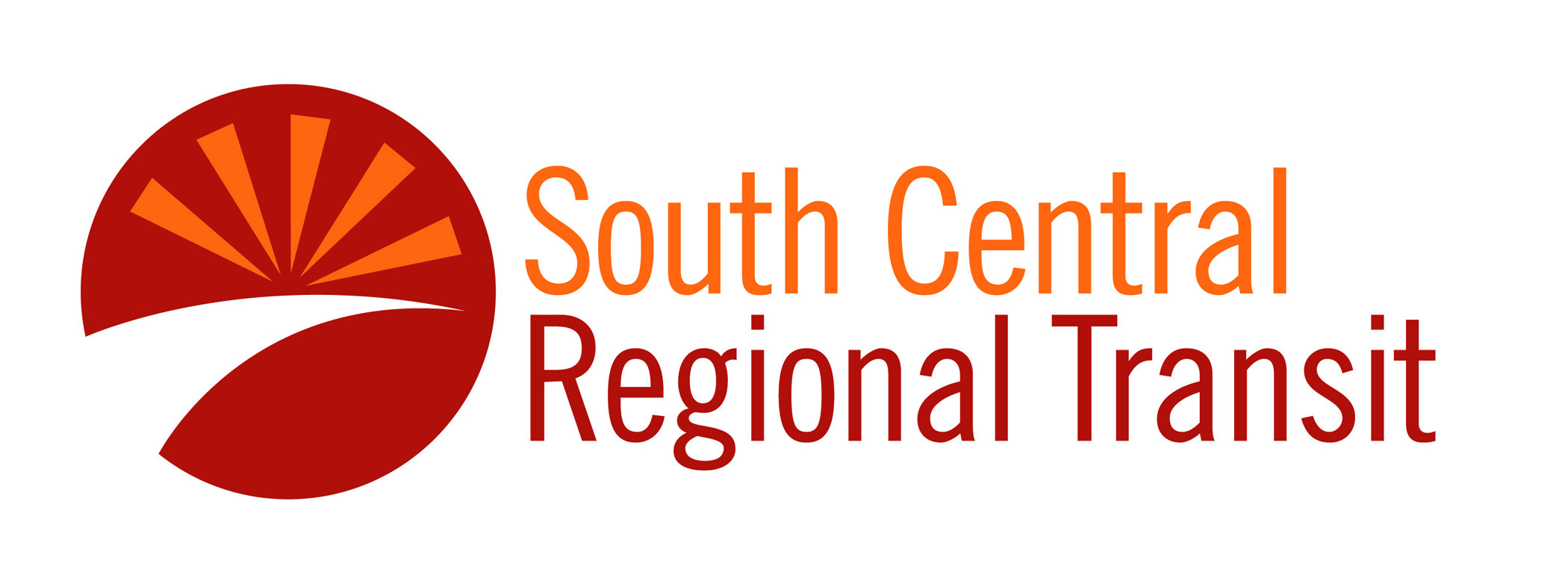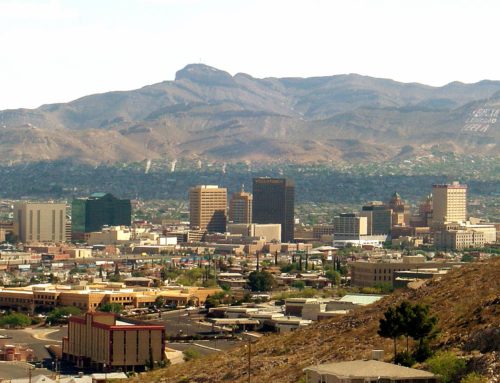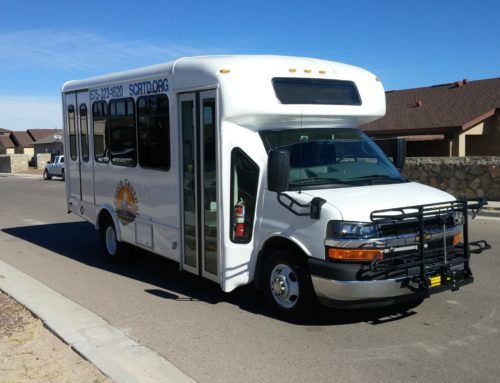The South Central Regional Transit District was formed in 2006. Three sizes of funding have been tried — the Mama Bear, the Papa Bear and the Baby Bear.
In 2014, a starter project was funded with $400,000 in membership fees plus funding from southern New Mexico legislators to buy buses. The Mama Bear result was soft funding and a short existence.
Later that year, voters were asked to approve a multimillion dollar tax increase, but that proved to be too big a request for a small start-up that had not yet garnered any grant funding and wasn’t ready for Papa Bear’s big chair.
Current funding for transit is largely provided out of the county’s “Hold Harmless” Gross Receipt Tax. According to an agreement with the county, SCRTD could receive up to $750,000 of the estimated $12 million generated annually by this tax. The rest supports Doña Ana County Sheriff’s Office, the Roads Department, Detention Center, and Mesilla Valley Economic Development Alliance.
Could inclusion in this multi-purposed revenue source be “just right”?
The SCRTD used about $500,000 in the first year of Hold Harmless GRT funding and has brought in another $500,000 through grants. Ridership is increasing every month and is on track to exceed the goal for 20,000 rides in year two. This year’s goal is a request for even less funding: $350,000.
How are they doing that?
First, the system was reduced to a manageable size and now focuses on Doña Ana County from Las Cruces south to Anthony, Sunland Park and Chaparral, and on to El Paso. Next in line is a route to Hatch.
Second, the SCRTD hired a director, David Armijo, with over 30 years of experience managing transit systems throughout the country. He understands that RoadRUNNER and Sun Metro in El Paso cannot provide service outside their boundaries; only a regional transit district can fill in the gaps, connect and coordinate existing providers, and develop a truly robust regional system.
Armijo has responded to the need for more stops at NMSU, secured federal certification to cross the state line to El Paso, worked with La Clinica de Familia to add pharmacy and grocery stops, established an early college high school stop and is exploring a van service for New Mexicans who work in El Paso.
Available federal funds come through the state and currently amount to around $700,000 per year. As an experienced director, Armijo is bringing that funding to our region. If the SCRTD doesn’t have matching county funds to apply for and secure those federal dollars, the state will send that money to other projects in New Mexico.
When those funds come to our region, they are spent locally to hire and train bus drivers; to contract for fuel and maintenance; to procure payroll, budget, and audits; to secure printing of schedules, posters, fliers, and marketing copy; to build a website; and to advertise in the area’s homegrown Spanish language newspaper.
Finally, the SCRTD has constructed a funding system that matches its delivery of service. A modest amount of county taxes are being used to link residents in rural areas with more developed areas that are the centers of employment, education, shopping and services. In other words, residents in the unincorporated communities of San Miguel, La Mesa, Chamberino, Berino, Mesquite, Vado, Chaparral and Santa Teresa now have better connections with Las Cruces, Anthony, Mesilla, Sunland Park and El Paso.
Going forward, these incorporated areas can expand their internal routes through municipal funding or private investment. The county can continue to do its part by funding service in the unincorporated areas and knitting together those areas with our urban centers. Everyone benefits from the county’s investment.
To recap: collecting more membership fees will not adequately fund a comprehensive, regional transit system. (Mama Bear’s chair was too soft). A multi-million dollar tax increase was way off the mark. (Papa’s chair was too big). But roughly $350,000 per year from the county would do the trick. That’s because those funds, when combined with annual membership fees, would allow the SCRTD to leverage millions of dollars in federal grants. The combined revenue would support expanded outreach and education and development of new service areas. In turn, both would increase ridership and allow for transit to grow into its role as an important part of our local economic development engine.
Continued use of a small portion of the county’s Hold Harmless GRT to support public transit would be beneficial to all of us who live in Doña Ana County. It’s a “just right” approach to a critical public service and we need to keep it rolling.





